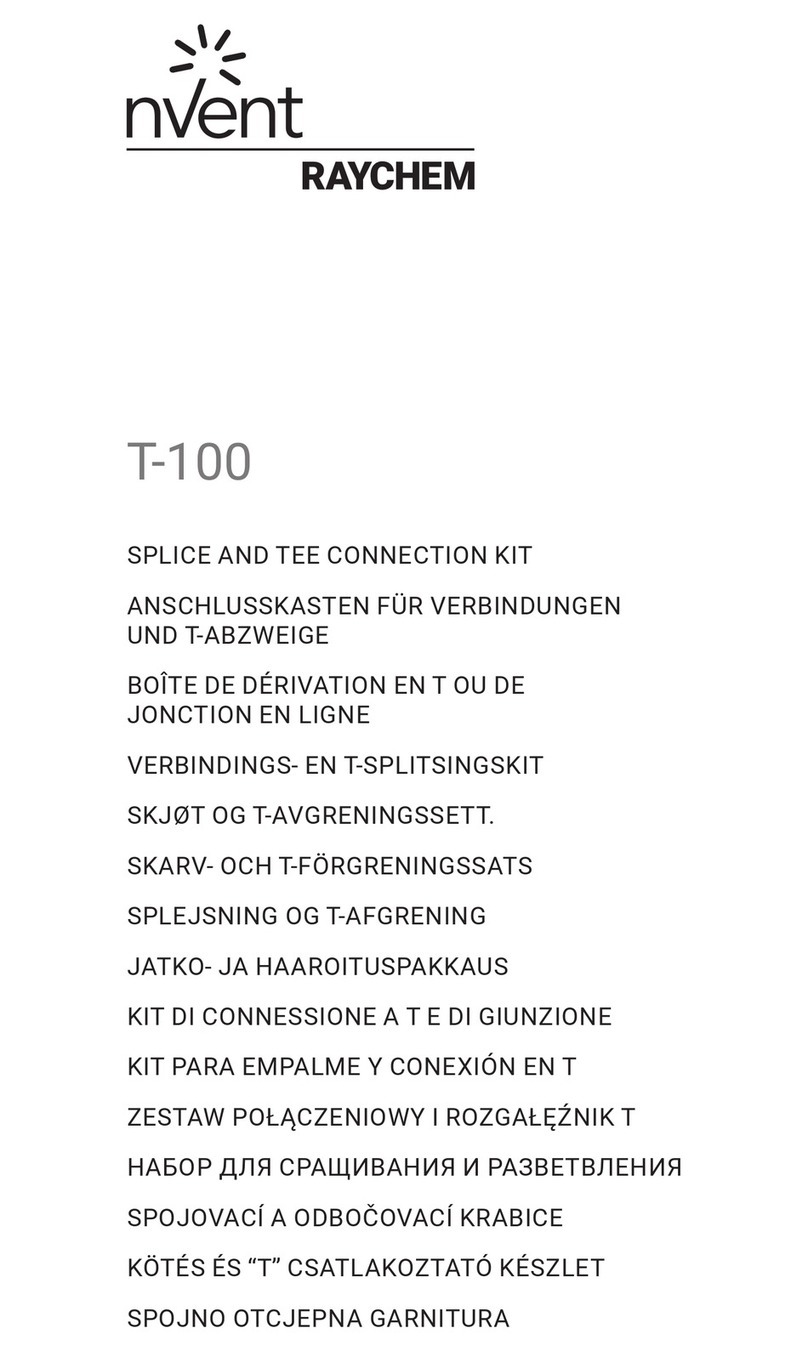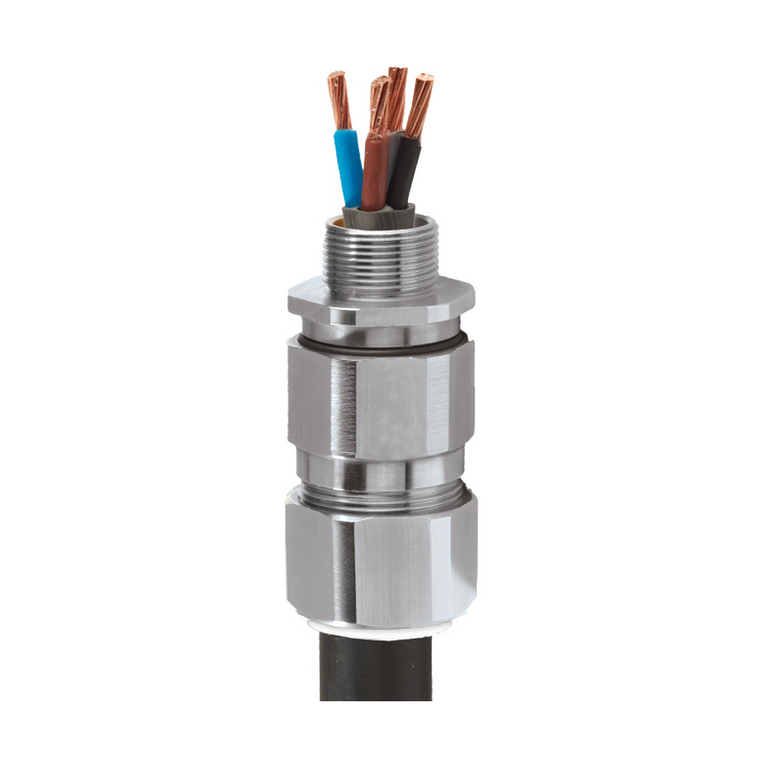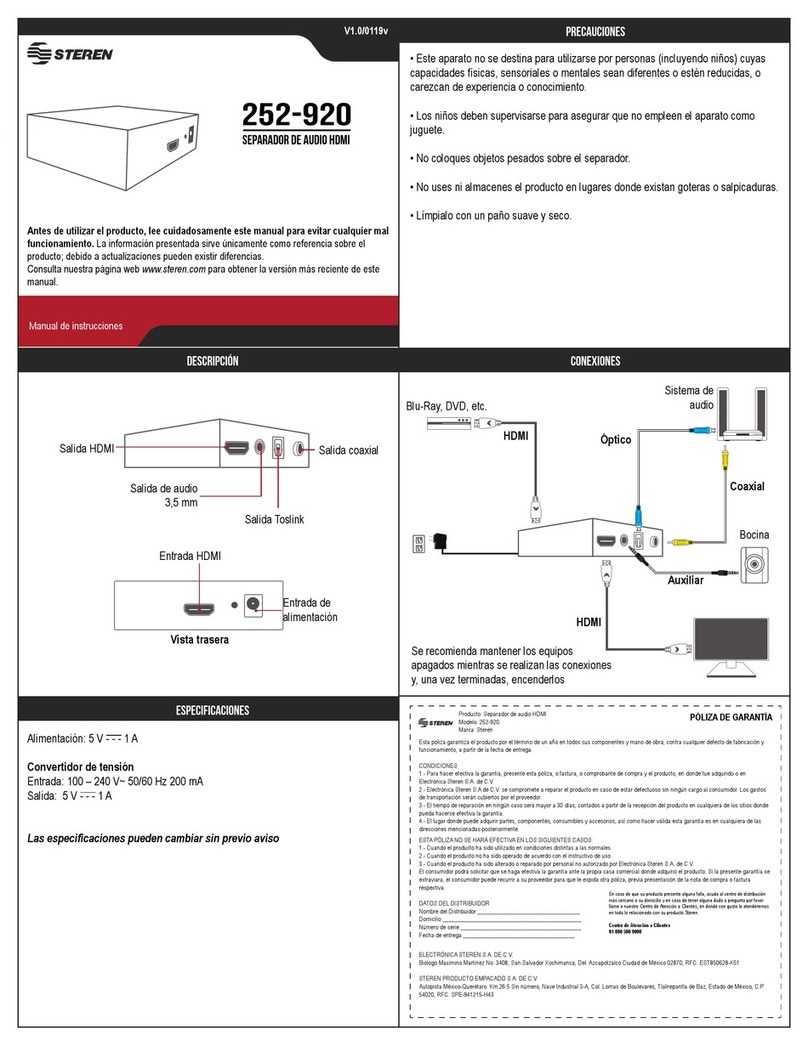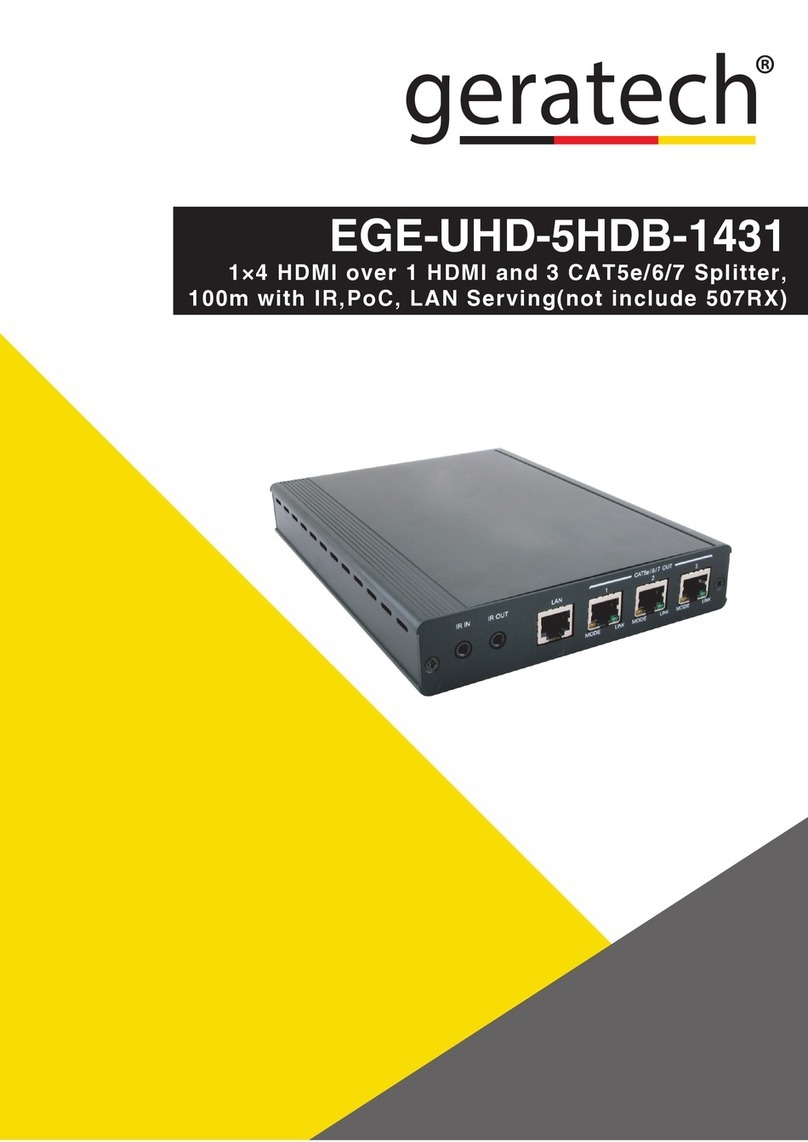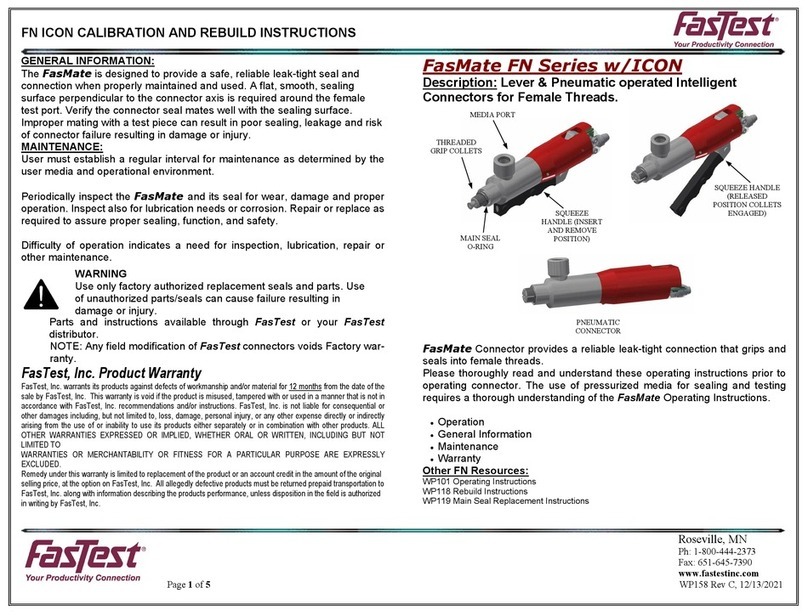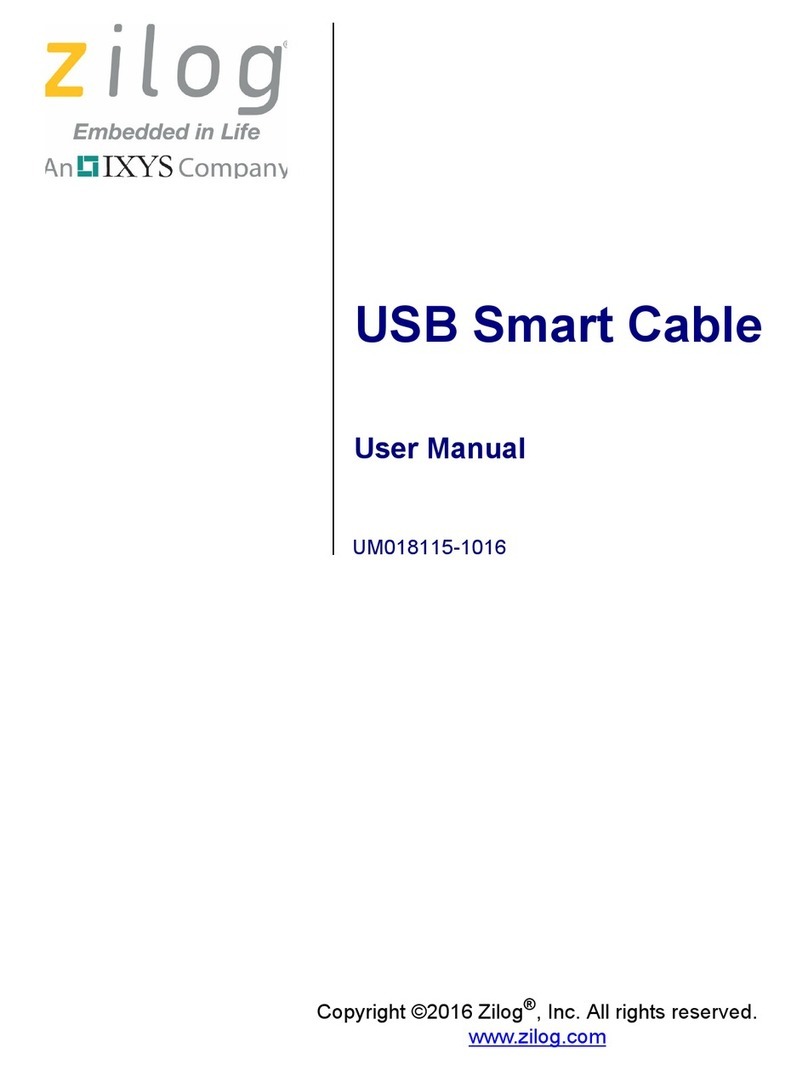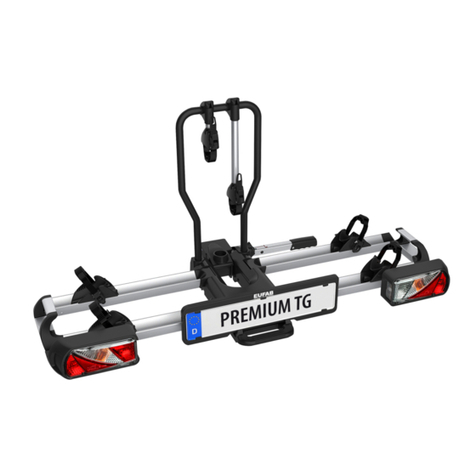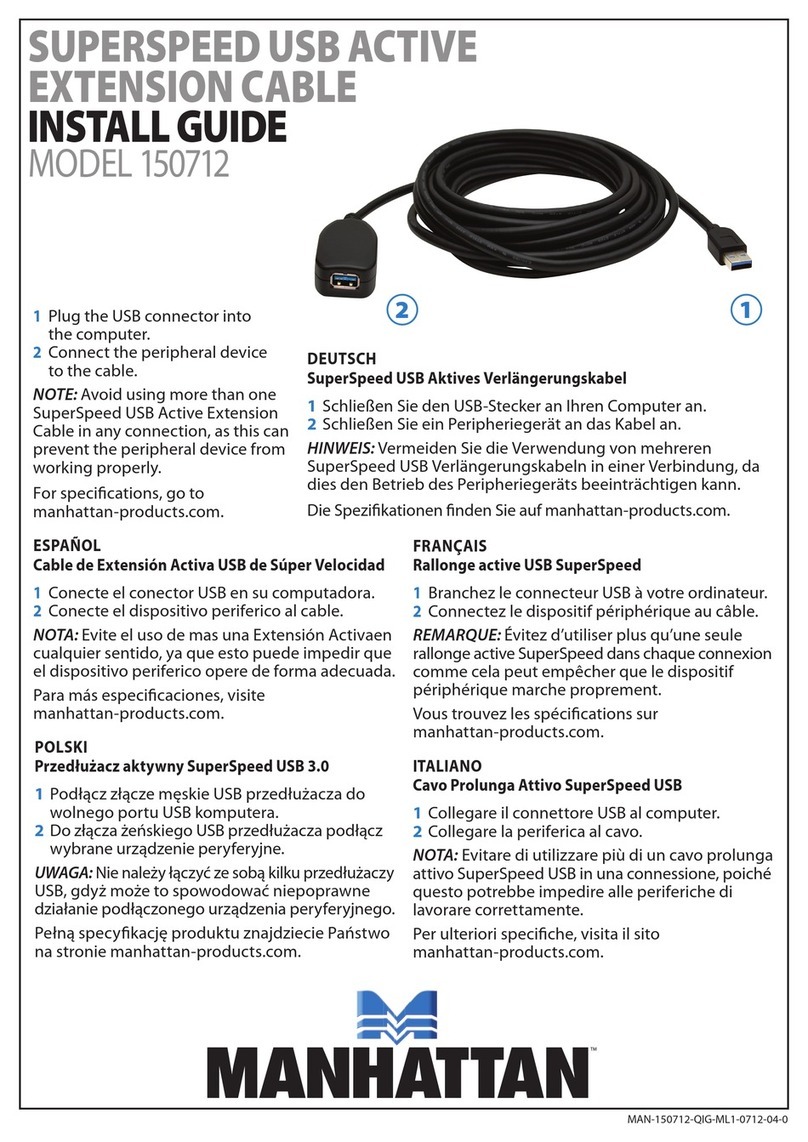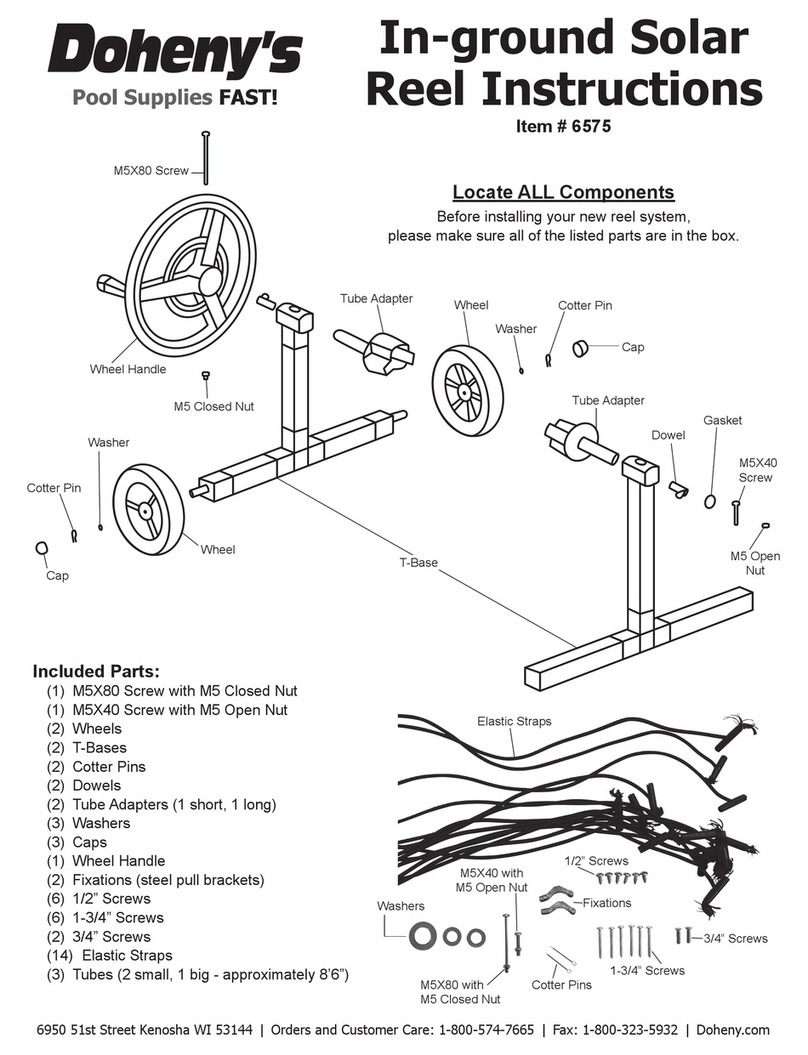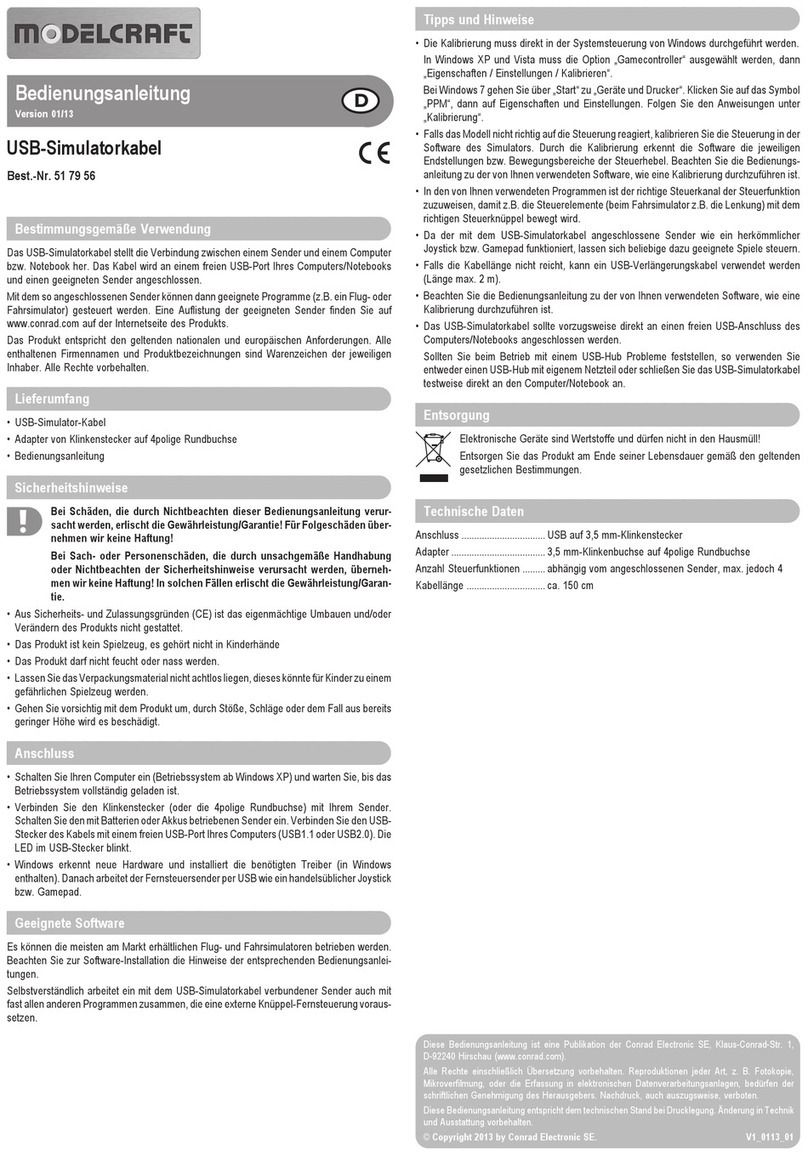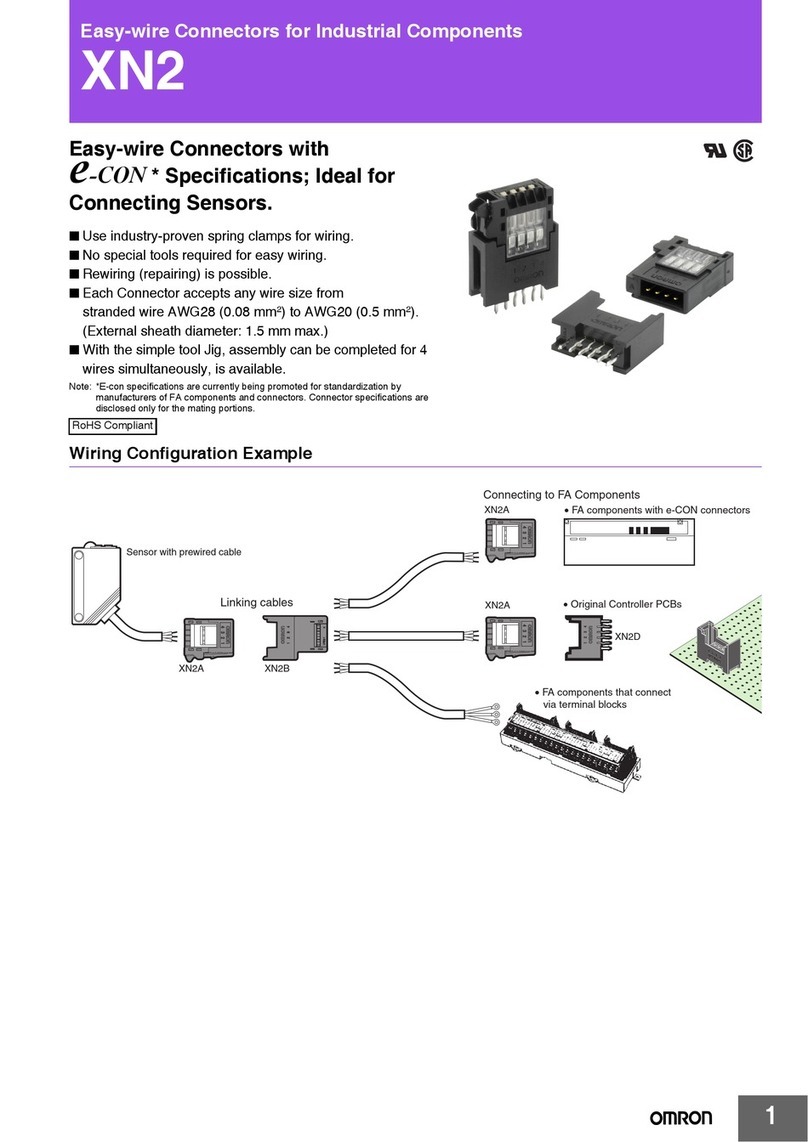Johnson Controls Metasys N2 User manual

Metasys Network Technical Manual 636
Network Communications Section
Technical Bulletin
Issue Date 1199
© 1999 Johnson Controls, Inc. 1
Code No. LIT-636018 www.johnsoncontrols.com
lntroduction Page 3
•Application Details *3
•Theory of Operation *5
•Components *8
•Planning Considerations *10
•Design Considerations *11
•Maximizing Your System’s Efficiency 13
•Specifications *15
Installation Procedures 17
•Preliminary Information 17
•Sample Layouts 18
•Wiring--NCU/NEU to N2 Bus 24
•Wiring--ASCs to N2 Bus 27
•Installing the Repeater *27
•Installing the Fiber Modems 31
•Setting Terminations 33
•Installing the Surge Protector *36
•Setting the Channel Switch (NCM 101/102 Only) *48
Commissioning Procedures 49
•Overview 49
•Checking N2 Bus Installation 49
•Modifying N2 Bus Installation 49
N2 Communications Bus
*Indicates those sections where changes have occurred since the last printing.

2 Network Communications—N2 Communications Bus
Troubleshooting Procedures Page *51
•Overview *51
•Checking for Good Wire Runs 51
•Checking for Proper Termination 52
•Checking the End-of-Line Device Settings 52
•Checking for Proper Channel Selection 52
•Checking the N2 Device 52
•Checking the Number of Defined N2 Devices 52
•Checking the Length of N2 Bus *53
•Checking for “T” or “Y” Connections 53
•Checking for a Ground Loop 53
•Checking the Repeater 53
•Checking the Surge Protector 53
•Checking the Communication Terminal Board 54
•Checking Communication Faults *55
Ordering Instructions 57
•Johnson Controls Code Numbers 57
•Vendor Code Numbers *57
•Repair Parts *58
* Indicates those sections where changes have occurred since the last printing.

Network Communications—N2 Communications Bus 3
Introduction
The N2 Communications Bus is a local network that links controllers and
point interfaces to the Network Control Module (NCM). The N2 Bus uses
amanager/subordinate protocol, in which the manager device, the NCM,
initiates all communication with the N2 Bus devices. These N2 Bus
devices include the Digital Control Modules (DCMs), Point Multiplex
Modules (XBN, XRE, XRL, XRM), and all Application Specific
Controllers (ASCs).
Figure 1 shows an example of several devices connected to the N2 Bus.
Note that the N2 Bus is wired in a daisy-chained fashion, in which
multiple devices are connected in series. The N2 Bus can use either solid
or stranded wire. It can also use optical fiber when special fiber modems
are used. Choices include:
•3-wire twisted cable
•two twisted pair telephone cable
•two twisted pair cable with a shield
•duplex optical fiber (requires pair of fiber modems)
N2EXAMPL
NCU
N2 Bus
N1 LAN
ASC
(ILC Shown)
NEU
NEU
Figure 1: Example of an N2 Bus Layout
Application
Details

4 Network Communications—N2 Communications Bus
The N2 is based on Opto-22Optomuxprotocol, which was designed
for industrial applications, and is a proven communication network. The
N2 Bus follows the electrical characteristics of Electronics Industry
Alliance (EIA) Standard RS-485. It is optically isolated between itself and
other devices (except UNT100/101, VAV100/101, and Companion
Personal Computer), assuring reliable operation and noise immunity.
The NCM101/102 provides two bus channels: Channel A and Channel B.
Channel A is typically used for the N2 Bus. Channel B is used for the L2
Bus, including connection to C210 and C260 application specific
controllers.
For the NCM200, the N2 Bus interface is built-in and the L2 Bus interface
is provided by installing an L2 Bus submodule in the NCM’s
communications submodule slot.
The N2 Bus carries all communication between the NCM and the N2
devices. The types of data that go across the bus include:
•commands from the NCM to an N2 device
•data requests from the NCM to an N2 device
•responses from an N2 device to the NCM, including identification,
changes-of-state, advisories, and requested data values
•complete databases for N2 devices
•time synchronization message from NCM
The N2 Bus connects an NCM to other N2 devices either internally or
externally. Internally, devices in the Network Control Unit (NCU) are
connected to the N2 Bus via the base frame on the NCU (Figure 2).
Connection occurs when you plug an N2 device into the NCU. No manual
wiring is required.
Externally, N2 devices are connected to the N2 Bus via the terminal block
on the device or the Communication Terminal Board (TBC) if the
connection is at an NCU or Network Expansion Unit (NEU). Connection
occurs when you terminate the N2 wires between the terminal blocks and
TBCs. Refer to Figure 2.

Network Communications—N2 Communications Bus 5
INOUTCON
TBC
TBC
TBC
2-slot NEU5-slot NCU 1-slot NEU ASC
(ILC Shown)
DCM XM NCM XM DCM DCM XM DCM
N2 Bus
External Wiring
Internal Wiring
Base
Frame
Base
Frame
Base
Frame
N2 Bus
Figure 2: Internal and External N2 Bus Connections
The N2 Bus has three different types of communication, four priority
levels, and a specific method of data transmission.
The N2 Bus features three different types of communication, which may
come from either an NCM or any user interface device: offline poll,
online poll, and general communication. The NCM initiates all
three communication types.
•Offline Poll--a request from the NCM to re-establish communication
with an offline device. This type of poll occurs continually between the
NCM and each offline N2 device that is defined in the NCM database.
An offline device is polled once after every complete scan of all online
devices. Once communication is established, the NCM begins sending
online polls to the device.
•Online Poll--a request from the NCM to the N2 device for any status
changes. The NCM polls devices continually, according to the priority
levels assigned to the devices. Polling is interrupted momentarily when
a command is issued through general communication.
•General Communication--commands and requests that come from
application programs or operator devices. These can occur anywhere
on the network. This type of communication takes precedence over
polling. After general communication finishes, polling of online and
offline devices resumes.
Theory of
Operation
Communication
Types

6 Network Communications—N2 Communications Bus
There are four priority levels assigned to N2 devices: 0, 1, 2, and 3, where
0 is the highest. The priorities establish how often a device is to be polled.
For example, a Priority 2 device will be polled more often than a Priority 3
device. How often a device will be polled depends on its assigned priority.
You set the priority level when defining the N2 device. We recommend
the priority levels remain the system defaults (e.g., DCMs at Priority 1 and
ASCs at Priority 3). However, you may assign higher priorities to a limited
number of devices if your application requires faster response times. For
details, refer to Guidelines for Efficient Operation Technical Bulletin
(LIT-636341) under the Appendix tab of this manual.
Figure 3 illustrates how a data request from an Operator Workstation
(OWS) travels over the N1 Local Area Network (LAN) and the N2 Bus.
Figure 3 shows that the request is made at the OWS:
1. The request is created at the OWS.
2. The message is transmitted over the N1 LAN to the NCM that has this
object defined. The NCM reformats the message.
3. The NCM sends the message over the N2 Bus to the appropriate
device to obtain the requested information. The N2 device responds.
4. The NCM sends the data to the requesting OWS.
5. If the N2 device in the request loop is offline, the NCM notifies the
OWS.
Operator
Workstation NCM N2 Device
DATAREQ
34
25
N1 LAN N2 Bus
1
Figure 3: Data Request from OWS
Priority Levels
Data
Transmission

Network Communications—N2 Communications Bus 7
To take this example one step further, suppose a point object at an N2
device changes state and needs to notify you at the OWS. As mentioned
before, the NCM continually polls all N2 devices over the N2 Bus for
changes in status. When a change occurs, the NCM will be sent that
change when it polls the N2 device. The NCM then formats a
Change-of-State (COS) message and sends it over the N1 LAN to the
OWS (and other devices in the NCM’s routing table for that particular
COS message).

8 Network Communications—N2 Communications Bus
The components of the N2 Bus are the N2 Bus Submodule (NCM101/102
only), communication terminal board, repeater, enclosure, fiber optic
modem (optional), cable, and surge protector.
N2 Submodule (NU-N2B101-0)--The N2 Submodule is a small plug-in
unit for the NCM101 and NCM102. (The NCM401 can also use this
submodule if for some reason it is no longer used as a migration NCM.) It
is an interface device that the NCM101/102 requires to communicate over
the N2 Bus. The N2 Submodule is required for every NCM101/102 that
communicates with any N2 device, regardless of whether the N2 device is
within the same NCU or remote from the NCU.
Note: The NCM200 contains a built-in N2 interface and the NCM401
does not use the N2 Bus Submodule when the NCM401 is used for
migration applications.
Communication Terminal Board (TBC821)--This module is the
termination point for the N2 Bus and L2 Bus. (The old TBC model,
TBC801, also terminates the N1 LAN via two coax connectors. It is shown
in Figure 10.) It allows an NCM to communicate with NEUs and ASCs.
The board is factory mounted, and is located in the upper left corner of the
5-slot and 2-slot unit, and on the left side of the 1-slot unit. Every NCU
and NEU contains a communication terminal board.
Repeater (4683-TTM-1/2)--The N2 Bus repeater isolates and boosts the
power of the N2 Bus signal, which extends the range and increases the
number of devices that can reside on the N2 Bus. You need a repeater only
when the N2 Bus must be extended beyond 5000 feet or beyond
50 devices. The repeater actually creates a new N2 Bus segment.
(A segment is an electrically continuous daisy-chained cable between
repeaters or repeaters to End-of-Line [EOL].) In addition, the repeater
electrically isolates the two segments.
Enclosure (BZ-1000-7 or AS-ENC100-0)--This metal box is used to
house the N2 repeater. Because 120 VAC is terminated to the repeater via
three wires, not a plug, you must install the repeater in an enclosure to
meet National Electrical Code (NEC) requirements.
Components
3 6
2 5
1 4
TB1
3 6
2 5
1 4
TB2

Network Communications—N2 Communications Bus 9
Fiber Optic Modems (S.I. Tech 2110)--These are communication
devices that provide conversion between standard N2 signals (RS-485)
and fiber optic signals. Note that one pair of modems is needed for each
conversion between the standard N2 cable and fiber cable.
Note: We recommend that you use only the S.I. Tech 2110 fiber modems
on the N2 Bus. These modems were tested as fully functional with
the Metasyssystem and found to be transparent to Metasys
system operation and functions. Other modems are available, but
because design changes were made to the 2110 to make it
compatible with the Metasys Network, other modems may not
work.
Power Supply (S.I. Tech 2121)--Resembling a calculator power
supply, this component provides power to the 2110 optic converter.
Each 2110 modem requires one 2121 Power Supply.
9-Pin Connector Kit (Male)--This kit is required to construct a 9-pin
connector and hood for terminating the N2 Bus cable to the 9-pin female
connector on the 2110 fiber modems. (The modems do not have a 3-point
terminal block for the N2 as do other N2 devices.) The connector kit needs
to use D-style connectors (solder style).
Cable--The N2 Bus can use either a solid or stranded type of the
following wires: 3-wire twisted cable; two twisted pair telephone cable;
and two twisted pairs with a shield. Duplex optical fiber can also be used.
Surge Protector (TE/JC04C12)--The surge protector guards the
N2 Bus from most induced voltage transients resulting from natural or
man-made disturbances. It is recommended if the N2 Bus is to be wired
between buildings.
In addition to these components, internal N2 Bus circuitry is included on
the boards of all N2 devices and on the NCU and NEU base frames.
R
T
S.I. TECH
MINI OPTICAL BIT-DRIVER
MODEL 2110

10 Network Communications—N2 Communications Bus
This section describes briefly what you need to know when planning to
install the N2 Bus.
The N2 Bus requires no additional space than is provided within the NCU
and NEU enclosures.
The N2 Bus repeater should be installed in an inconspicuous location
accessible to building maintenance personnel. To meet NEC requirements,
the repeater must be installed in an enclosure, and the line (120 VAC) and
low voltage (N2 Bus) must be separated by two inches. The recommended
enclosure is the BZ-1000-7. Another option is to use the AS-ENC100-0
enclosure with the repeater’s cover removed. The 2121 power supply is a
calculator-type supply. See Table 1 for dimensions of these devices.
If you are using optical fiber, consider the minimum bend radius of the fiber
cable you are using. While handling the cable, do not bend it at right angles.
A minimum radius of cable must be maintained. (Refer to the fiber cable
manufacturer’s guidelines for the bend specification.) Adhering to the
bending rules may dictate where you can locate the units and how large an
enclosure must be used to install the units and still adhere to the rules.
Table 1: Device Dimensions
Device Dimensions
N2 Bus Repeater 177.8 H x 109.2 W x 53.3 D mm (7.0 x 4.30 x 2.10 in.)
BZ-1000-7 Enclosure 259 H x 249 W x 76 D mm (10.2 x 9.8 x 3.0 in.)
AS-ENC100-0 Enclosure 173 H x 185 W x 119 D mm (6.8 x 7.3 x 4.7 in.)
2110 Fiber Optic Modem 76 H x 44.5 W x 16 D mm (3.0 x 1.75 x 0.625 in.)
2121 Power Supply 38 H x 51 W mm (1.5 x 2.0 in.)
The operating environment for the N2 Bus and its components must
maintain temperatures within the range of 0 to 50°C (32 to 122°F) while
maintaining relative humidity at a value of 10 to 90% (non-condensing).
The operating environment for the repeater must maintain temperatures
within the range of 0 to 70°C (32 to 158°F) while maintaining relative
humidity at a value of 0 to 95% (non-condensing).
If the N2 Bus is installed in an area of the country that often experiences
thunderstorms and the N2 Bus is wired between the buildings, surge
protection or optical fiber for the bus is recommended. Refer to Installing
the Surge Protector in the Installation Procedures section of this
document.
The repeater requires an external source of 115 VAC at 0.05A
(or 230 VAC at 0.03A) at a frequency of 60 Hz (or 50 Hz). The
recommended power supply for the 2110 fiber modem is the
S.I. Tech 2121. It converts either 110/220 VAC 60/50 Hz to 12 VDC
(8 watts). The power supply requires an electric wall outlet nearby.
Planning
Considerations
Space
Environment
Power

Network Communications—N2 Communications Bus 11
This section describes briefly what you need to know when designing an
N2 Bus installation. A properly installed N2 Bus consists of an electrically
continuous line of cable (unbroken) from one end of the system to the
other.
For most N2 Bus installations, the most practical choice is solid,
two twisted pair unshielded telephone cables. If you have existing stranded
cable, you can use it, but you may find that the strands become a nuisance
when wiring the cable. However, stranded wire is stronger than solid wire,
since it is not as prone to breakage during installation.
For N2 Bus installations where the very high noise exists (e.g., gas ignition
systems, radar or magnetic resonance imaging equipment, factory floor, or
outdoors), shielded wire or optical fiber is best. Of the two, fiber is by far
the better, but the more expensive. It offers extended N2 distances and
excellent immunity to electrical noise, lightning, and various other
building noises. It may be buried underground between two buildings, so
that the N2 Bus can be extended in a campus-type installation.
Table 2 summarizes the rules and maximums allowed for installing the
N2 Bus. You may wish to photocopy this table and keep it handy. These
statements are explained in following sections.
Table 2: N2 Bus Rules
Category Rules/Maximums Allowed
General One or two N2 Bus per NCM
Only daisy-chained devices
Number of Devices 100 devices per NCM (60 to 200 TC-9100s)
50 devices per repeater
Two repeaters cascaded
Line Length and Type 1524 m (5000 ft) between NCM to farthest N2
device before repeater is needed
4572 m (15,000 ft) from NCM to farthest N2
device (three segments of 5124 m [5000 ft] each)
2012 m (6600 ft) between two fiber modems
Cable 26 AWG twisted pair or larger
(solid or stranded 22 AWG or heavier
recommended)
Terminations Two switched EOL per segment (preferred)
One switched EOL per segment (required)
Design
Considerations
Selecting the
Right Cable
N2 Bus Rules

12 Network Communications—N2 Communications Bus
General
•Each NCM can support one or two N2 Bus. The devices that you place
on the N2 Bus must be daisy-chained devices, which include: NCM,
DCM, XBN, XRE, XRL, XRM, IAC, ILC, AHU, UNT, VAV, VMA,
LCP, IFC, D600, repeater, and surge protector. For more information
on using two N2 Buses, refer to Dual N2 Bus Application Note
(LIT-6363145) under Application Notes: Network Communications in
this manual.
Number of Devices
•Currently, up to 100 devices can be connected to an NCM, including
repeaters. The actual number of devices is dependent on the features
and point count used in the NCM.
•Special rules apply to the TC-9100 controller, where the maximum
number of devices can be from 60 to 200, dependent on the software
configuration in the NCM.
•Up to 50 daisy-chained devices are allowed before a repeater is
needed. Add a repeater to the bus when you reach 49 devices. Count
each repeater as one device.
•Any path from the NCM to an N2 device cannot go through more than
two repeaters or two pairs of fiber modems (i.e., cascaded
repeaters/modems). This is because the repeater/modem delays the
N2 Bus signal between Sides A and B. The N2 Bus can compensate
for only two of these delays; therefore, up to two repeaters or two pairs
of fiber modems can be cascaded in series. These configurations are
shown in Figures 12, 13, and 14. Note that the signal from the NCM
only passes through two repeaters or two pairs of modems to any N2
device.
•For additional information on the maximum number of devices and
priority assignments, be sure to read Guidelines for Efficient Operation
Technical Bulletin (LIT-636341) under the Appendix tab of this
manual.
Line Length and Type
•A maximum of 1524 m (5000 ft) of daisy-chained cable is allowed
before a repeater is needed. Add a repeater to the bus when you reach
1524 m (5000 ft).
•The maximum distance from an NCM to the farthest device, even
through repeaters, is 4572 m (15,000 ft).
•You may use 18 through 26 AWG twisted pair wire; however,
Johnson Controls recommends 22 AWG or heavier, because lighter
wire breaks easily when stripped and installed.

Network Communications—N2 Communications Bus 13
•The maximum distance between two fiber modems is 2012 m
(6600 ft). If your application requires lengths beyond 2012 m (6600 ft),
contact S.I. Tech for information about their “high power” option.
•You may also use optical fiber on the N2 Bus. (A pair of fiber modems
is required for conversion.) Duplex optical fiber is needed, either
50 (3.0 dB/km), 62.5 (4.0 dB/km), or 100 (5.0 dB/km) micrometers.
The 62.5 size is preferred.
Terminations
Each N2 device should be properly terminated as described in the Setting
Terminations section.
Over time, the control needs of a building may require modifications to the
N2 Bus installation. For details, refer to the Modifying the N2 Bus
Installation section later in this document.
With the introduction of the NCM200 and NCM300, a larger allocated
memory capacity allows for increased database sizes per NCM. This
means you can add more elements to your system.
There is probably enough allocated memory for your database, but the
N2 Bus does have a finite bandwidth. Excessive traffic could slow down
the system despite adequate memory. Use generally accepted estimating
practices, then follow the guidelines below to maximize N2 operation.
Lab and Central Plant Controller (LCP) and DX9100 devices function
differently than other Metasys controllers. Therefore, if you use these
devices and have throughput problems, follow the suggestions below to
ensure that Metasys operates with maximum efficiency.
•Priority One--Reduce the number of commands going to LCP or
DX9100 devices from GPL processes. If a process has 30 or more
consecutive commands or if the process is executed faster than every
20 seconds, you either:
- increase the period length of the process or make it run on triggers
only, or
- place delays between consecutive commands
•Use Metasys Release 6.00 or later software to take advantage of
improvements in LCP/DX9100 message processing.
•Reduce online polling by reducing the polling priority to Level 3 for all
devices on the N2 network.
•Get offline devices back online as soon as possible. Refer to the
device’s technical bulletin in the Metasys Network Technical Manual
(FAN 636) for details.
•Reduce the number of Analog Data (AD) and Binary Data (BD)
associated input points.
System
Expansion
Maximizing
Your System’s
Efficiency

14 Network Communications—N2 Communications Bus
•Move the LCPs and DX9100s to a separate N2 Bus, as described in the
Dual N2 Bus Application Note (LIT-6363145) in the Metasys Network
Technical Manual (FAN 636).
If problems occur with throughput once the system is operational, monitor
the N2 network traffic using N2/L2/S2 Statistics. This gives an estimate of
the network activity to help you to determine if additional steps are
required.
The number of messages allowed on the N2 Bus differ depending on the
ASC firmware revision.
A maximum of 1100 messages per minute are allowed on the N2 Bus
unless it is connected to one of the following controllers (in which case
900 messages per minute are allowed):
•Air Handling Unit (AHU) Version C02 or lower
•One Unitary (UNT) Controller Version B02 or lower
•Variable Air Volume (VAV) Controller Version A02 or lower
Refer to the following steps to determine the average rate at which
messages are traveling over the N2 Bus:
1. Using the N2/L2/S2 Statistics window, track the number of polls,
commands, and offline polls for a five minute period during peak
usage.
To do this, clear the statistics and reread them after the five minute
period. (Refer to Using Diagnostics in the Operator Workstation
User’s Manual [FAN 634] for detailed instructions on using the
Statistics window.)
2. Using the statistics from the five minute period, multiply the number
of offline polls by four (since offline polls take four times longer to
complete), add it to the total number of commands and polls, and
divide the total by five to calculate the total number of polls per
minute.
commands + polls + 4 (offline polls) = number of polls per minute
5
Monitor Your
System’s
Improvement
Estimating Your
System’s N2
Traffic

Network Communications—N2 Communications Bus 15
Table 3: Specifications
Category Specification
Product Name N2 Communications Bus
Error Checking Module 256 Checksum
Address Range of
Devices
1 to 255*
Number of N2 Devices Up to 100 (60 to 200 TC-9100s)
Signaling Method Baseband, 9600 baud, ASCII/Hexadecimal character
Surge Protection Tested to pass IEEE 587 and 472 waveforms
Termination Method Network of voltages, biases, and resistors that are
switch selectable.
Note: ASCs are self-terminating and therefore do not
require End-of-Line (EOL) resistors.
Transmission Media 3-wire twisted cable (26 AWG or larger; 22 AWG
recommended)
Two twisted pair telephone cable
Two twisted pair cable with a shield
(All cables listed above can be solid or stranded.)
Optical Fiber
Physical Configuration Daisy-chained
Distance Between
Devices
Up to 1524 m (5000 ft)
Line Length Up to 4572 m (15,000 ft) (one repeater per 1524 m
[5000 ft] or 50 devices)
Standard Components N2 Bus Submodule (NCM-101/102 only)
Communication Terminal Board
Cable
Optional Vendor
Components
N2 Repeater: Acromag 4683-TTM-1 (115 VAC) or
Acromag 4683-TTM-2 (230 VAC)
Note: Repeater required for N2 to support more than
50 devices or runs over 5000 feet.
Surge Protector: Advanced Protection Technologies
Transient Eliminator® TE/JC04C12
Fiber Modem: S.I. Tech 2110 and S.I. Tech 2121
Power Supply
9-pin Male Connector Kit (required by 2110 modem)
* If you have VMAs on the N2 trunk, do not use addresses 254 or 255.
Specifications

16 Network Communications—N2 Communications Bus

Network Communications—N2 Communications Bus 17
Installation Procedures
There are a few considerations that you should be aware of when installing
N2 Bus wiring throughout a building:
•Follow all National Electrical Code (NEC) and local code restrictions.
•Do not exceed the device maximums given in this document.
•Be careful when pulling N2 wire. This is especially true if you are
using 24 or 26 AWG wire, which breaks easily when pulled. Plenum
grade wire is the best choice for pulling through tight areas.
Preliminary
Information

18 Network Communications—N2 Communications Bus
Six sample layouts of the N2 Bus are shown in Figures 4 through 9. Also
shown are the proper End-of-Line (EOL) termination points. The layouts
are:
•standard N2 layout
•N2 layout with NCU in the middle
•N2 layout with a repeater
•N2 layout with branched repeaters
•N2 layout with fiber modems
•N2 layout with branched fiber modems
Figure 4 shows a network with two OWSs and two NCUs. One separate
N2 Bus segment is externally wired from each NCU.
Self
Termination
N2 Bus
5-slot NCU 1-slot NCU
Operator
Workstation
1-slot NEU
N2
EOL
Out
ASC
N2
EOL
Out
2-slot NEU
One
N2
EOL
In
(ILC Shown)
Operator Workstation
N1
EOL
In
N1
EOL
In
NCM's
N2
EOL
In
N1
EOL
Out
LAYOUT1
N1 LAN
N2 Bus
N1
EOL
Out
N2
EOL
In
ASC
(UNT Shown)
Figure 4: Standard N2 Layout
Sample
Layouts

Network Communications—N2 Communications Bus 19
Figure 5 shows an NCU in the middle of the single N2 Bus segment. The
N2 Bus in this network continues to function logically as a single bus.
N2 Bus
Operator Workstation
5-slot NCU
N2
EOL
Out
Operator Workstation
One
N2
EOL
In
ASC
(ILC Shown)
1-slot NEU
N2
EOL
Out
Self
Termination
N2 Bus
5-slot NEU
N1
EOL
In
N1
EOL
In
N1 and
All N2
EOLs
Out
LAYOUT2
N1 LAN
ASC
(UNT Shown)
Figure 5: N2 Bus Layout with NCU in the Middle

20 Network Communications—N2 Communications Bus
Figure 6 shows a repeater lengthening the N2 Bus. The configuration has
two segments.
N2 Bus
Operator Workstation
5-slot NCU 1-slot NEU
N2
EOL
Out
Operator Workstation
Repeater
Side A=N2 EOL In
Side B=N2 EOL In
1-slot NEU
EOL
Out ASC
(ILC Shown)
EOL
Out
2-slot NEU
One
EOL
In
N1
EOL
In
N1
EOL
In
N1
EOL
Out
NCM's
N2
EOL
In
A
B
N1 LAN
LAYOUT3
Figure 6: N2 Bus Layout with a Repeater
Table of contents
